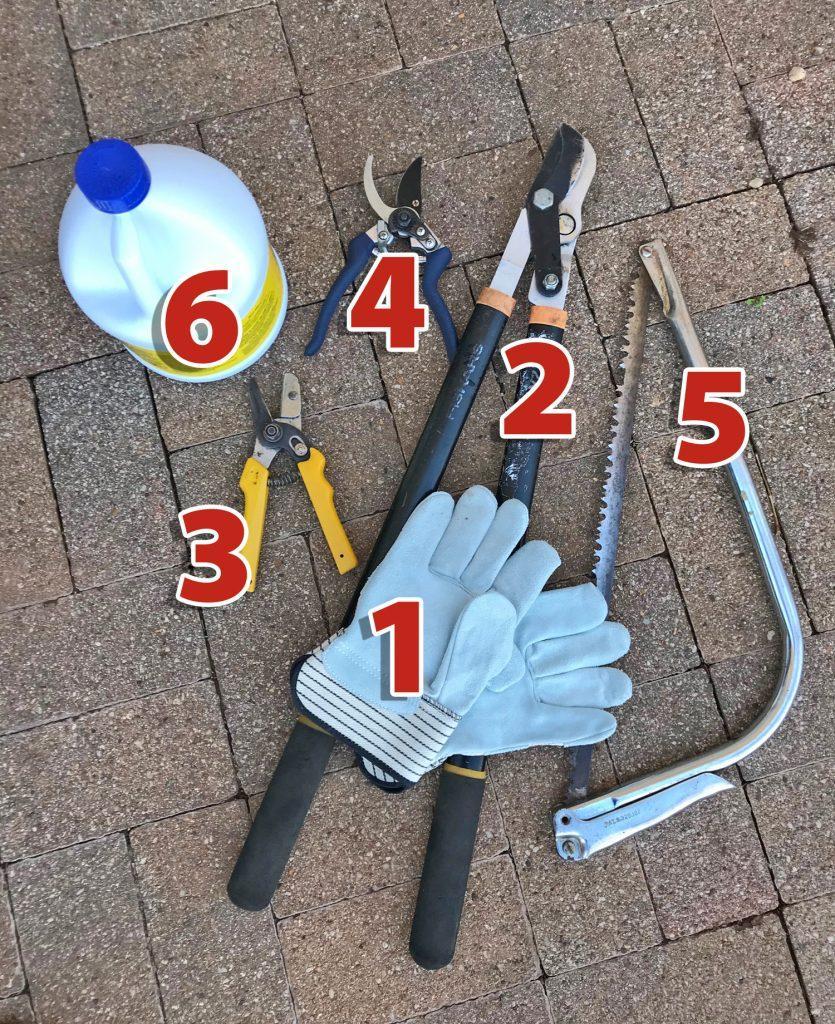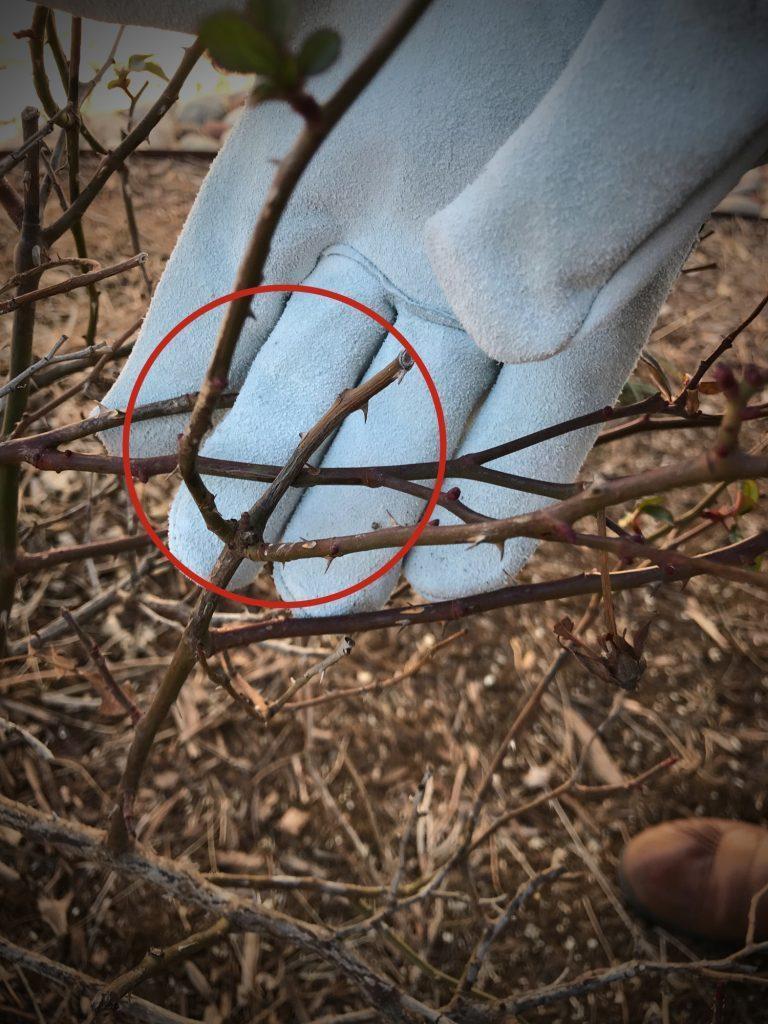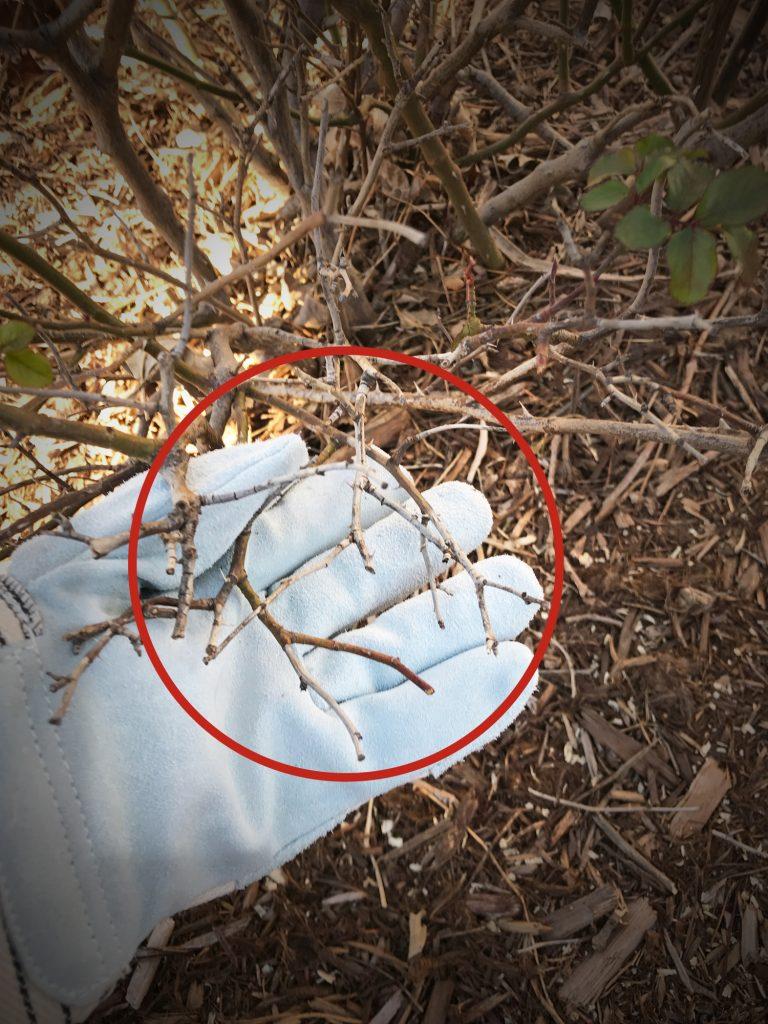Kris Vculek
Garfield County Master Gardener
As the chill of winter has settled in, the month of February offers a welcome day of romance and color as many celebrate St. Valentine’s Day with the gift of roses for loved ones. Traditionally, red roses, symbolizing love and romance, are the choice for this particular day; however, other colors may be appropriate for expressing any number of emotions. Pink roses symbolize gratitude, grace, admiration, and joy. Enthusiasm and passion are the emotions signified by orange roses. Yellow roses express friendship, and white roses symbolize innocence and purity. Hearts thrill to the delivery of roses of all colors as florists work overtime to fill orders on one of their biggest business days of the year.
The rose’s command of the spotlight isn’t limited to St. Valentine’s Day, as roses of many varieties, adapted to a wide range of growing conditions, are generally popular all over the world. Valued for their color and long blooming season, roses bring beauty into our landscapes and homes from late spring to fall. Although most rose bushes are not high maintenance, there are still important steps one can take to maximize the health and vigor of the plants.
As with many perennials, roses often need to be pruned in early spring. Most Oklahoma roses should not be pruned before March 15, because pruning can stimulate early growth that can be killed by a late freeze (Oklahoma State University Fact Sheet HLA-6403.) With that date fast approaching, now is the time to be sure we have the proper equipment and to review the basics of rose bush pruning.
Before undertaking the task of pruning, be sure to have heavy, thorn-resistant gloves, preferably with high cuffs to protect your wrists as well as your hands. Two types of hand pruners are needed. For cutting off dead canes, anvil pruners, with a pinching cut, are best. For live canes, crossover sheers, with a scissors cutting motion, are recommended. For larger canes, long-handled loppers are needed, and for very large dead limbs, a bow saw works best. Before starting your pruning chores, dip cutting tools in a solution of one part bleach to four parts water. Be sure to repeat this disinfecting step when moving from one bush to another.

If one is a novice to rose pruning, he or she might start by determining if the bush size or shape needs to be changed and cut canes back accordingly. By mid-March, buds will have appeared on rose bushes from which leaves and stems will grow. The bud’s position determines the shape of the plant. With the goal of an open-centered plant, make cuts just above outward-facing buds, angling the cut downward away from the bud.

The next step is identifying and removing dead canes (often dark or blackened). In general, canes growing toward the center of the bush are the ones to be removed, especially those that cross over one another. To ensure plant vigor and more blooms, cut off thin or spindly canes, smaller in diameter than a pencil. Never leave stubs when removing branches or canes.

These pruning steps are fundamental and apply to all types of roses; however, according to David Hillock, Oklahoma State University Cooperative Extension consumer horticulturist, more specialized pruning methods vary according to the type of rose plant. For example, while floribundas, grandifloras, polyanthas, and hybrid tea roses should be pruned before blooming, climbing roses should be pruned following the first flowering in the spring. Old fashioned or antique roses require much less pruning than modern roses but should still have dead or diseased canes removed and long, thin canes cut back to maintain the desired size. Learning about the kinds of roses we have in our home landscapes will help us maximize the beauty of the roses and keep the thrill in our hearts year after year—St. Valentine’s Day and Beyond!
More information on all aspects of growing and maintaining roses is available in Oklahoma State University Cooperative Extension Service Fact Sheet HLA-6403 Roses in Oklahoma.


